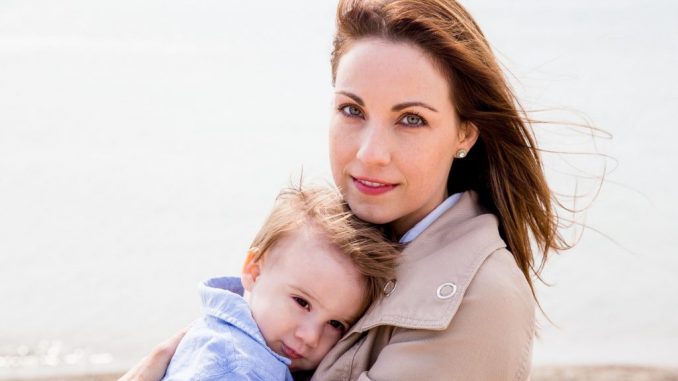
The Leuven scales were developed in Leuven University in Belgium and focusses on two Early Years indicators namely:
- Wellbeing and
- Involvement
While wellbeing refers to feeling confident, free of emotional tension, happy, spontaneous and at ease, which are crucial to good mental health, involvement refers to concentration in and being engaged in activities.
These two factors are important because when they are both present at a high level, they lead to a deep level of learning. If however they are consistently present at low levels then this could adversely affect the child’s development.
Dr Laevers who developed the scales measured both wellbeing and Involvement using 5 points.
It is unrealistic for them to be operating at level 4 or 5 all the time as children will fluctuate between these levels during the day or even day to day. It is therefore the overall level that they work at that needs to be taken into account.
Starting points should be taken when children have settled into a setting and then taken at regular intervals. This helps practitioner evaluate their practices and gives then a good indication that they are doing thing well, or if in fact they need to improve their provision.
The Leuven Scale for Well-being
Level 1 – Extremely low
The child clearly shows signs of discomfort such as crying or screaming. They may look dejected, sad, frightened or angry. The child does not respond to the environment, avoids contact and is withdrawn. The child may behave aggressively, hurting him/herself
or others.
Level 2 – Low
The posture, facial expression and actions indicate that the child does not feel at ease. However, the signals are less explicit than under level 1 or the sense of discomfort is not expressed the whole time.
Level 3 – Moderate
The child has a neutral posture. Facial expression and posture show little or no emotion. There are no signs indicating sadness or pleasure, comfort or discomfort.
Level 4 – High
The child shows obvious signs of satisfaction (as listed under level 5). However, these signals are not constantly present with the same intensity.
Level 5 – Extremely high
The child looks happy and cheerful, smiles, cries out with pleasure. They may be lively and full of energy. Actions can be spontaneous and expressive. The child may talk to him/herself, play with sounds, hum, sing. The child appears relaxed and does not show any signs of stress or tension. He /she is open and accessible to the environment. The child expresses self-confidence and self-assurance.
The Leuven Scale for Involvement
Level 1 – Low Activity
Activity at this level can be simple, stereotypic, repetitive and passive. The child is absent and displays no energy. There is an absence of cognitive demand. The child characteristically may stare into space. N.B. This may be a sign of inner concentration.
Level 2 – A Frequently Interrupted Activity
The child is engaged in an activity but half of the observed period includes moments of non-activity, in which the child is not concentrating and is staring into space. There may be frequent interruptions in the child’s concentration, but his/her Involvement is not enough to return to the activity.
Level 3 – Mainly Continuous Activity
The child is busy at an activity but it is at a routine level and the real signals for Involvement are missing. There is some progress but energy is lacking and concentration is at a routine level. The child can be easily distracted.
Level 4 – Continuous Activity with Intense Moments
The child’s activity has intense moments during which activities at Level 3 can come to have special meaning. Level 4 is reserved for the kind of activity seen in those intense moments, and can be deduced from the ‘Involvement signals’. This level of activity is resumed after interruptions. Stimuli, from the surrounding environment, however attractive cannot seduce the child away from the activity.
Level 5 – Sustained Intense Activity
The child shows continuous and intense activity revealing the greatest Involvement. In the observed period not all the signals for Involvement need be there, but the essential ones must be present: concentration, creativity, energy and persistence. This intensity must be present for almost all the observation period.
The following ten Action Points were also produced by the Research Centre for Experiential Education (RCEE) to create better learning environments for children.
- The classroom should have attractive and appealing corners or areas for children to play in.
- The content of the areas should be challenging to engage the child’s attention and maintain their interest.
- Introduce new and unconventional materials and activities.
- Identify children’s interests and provide activities that engage these interests.
- Support the activities children are involved in by providing stimulating inputs.
- Allow children to use their initiative and support these.
- Improve the quality of the relations amongst children and between children and teacher(s).
- Introduce activities that help children to explore the world of behaviour, feelings and values.
- Identify children with emotional problems and work out sustaining interventions.
- Identify children with developmental needs and work out interventions that engender involvement.

Be the first to comment